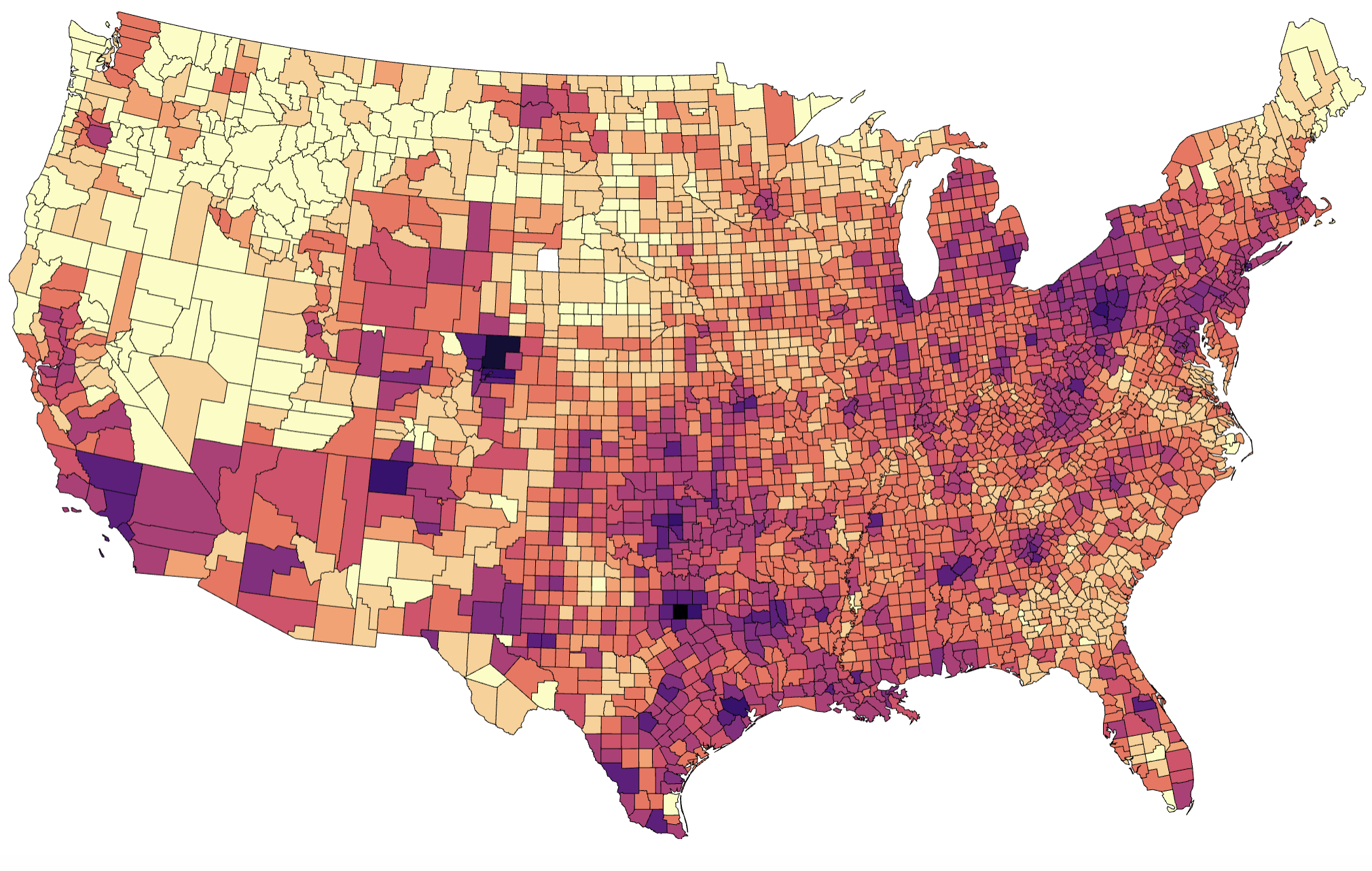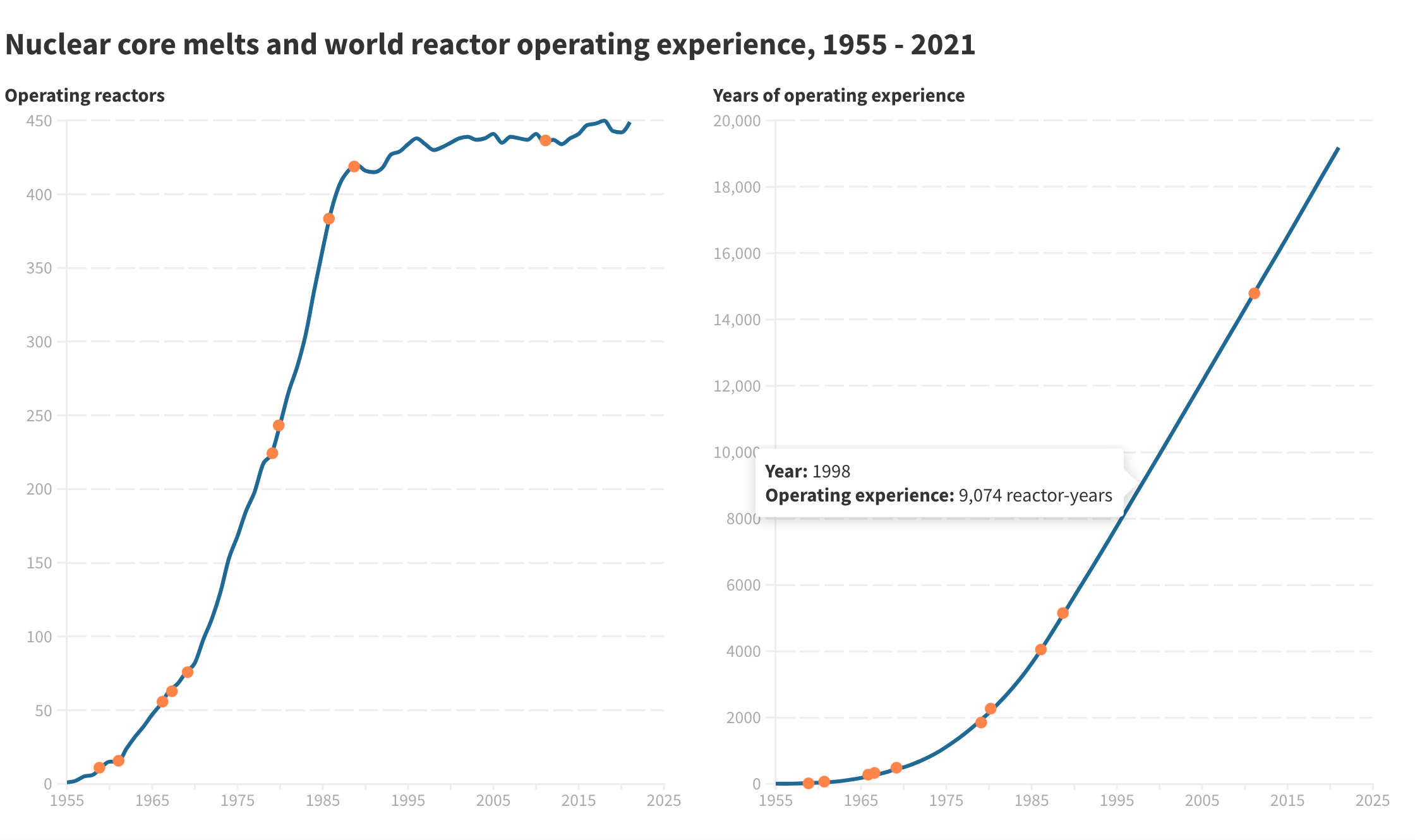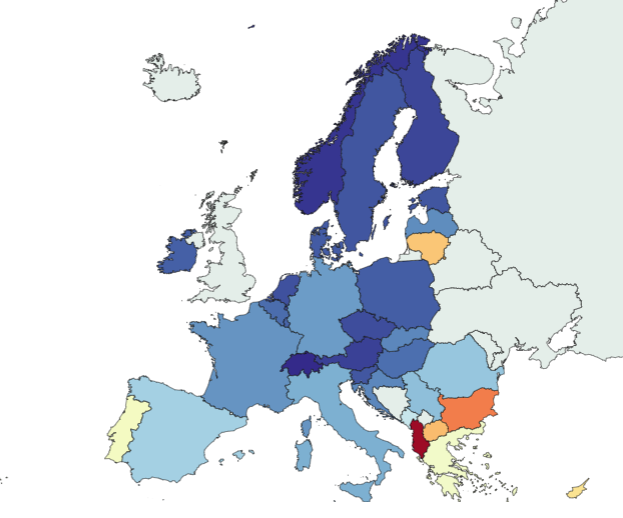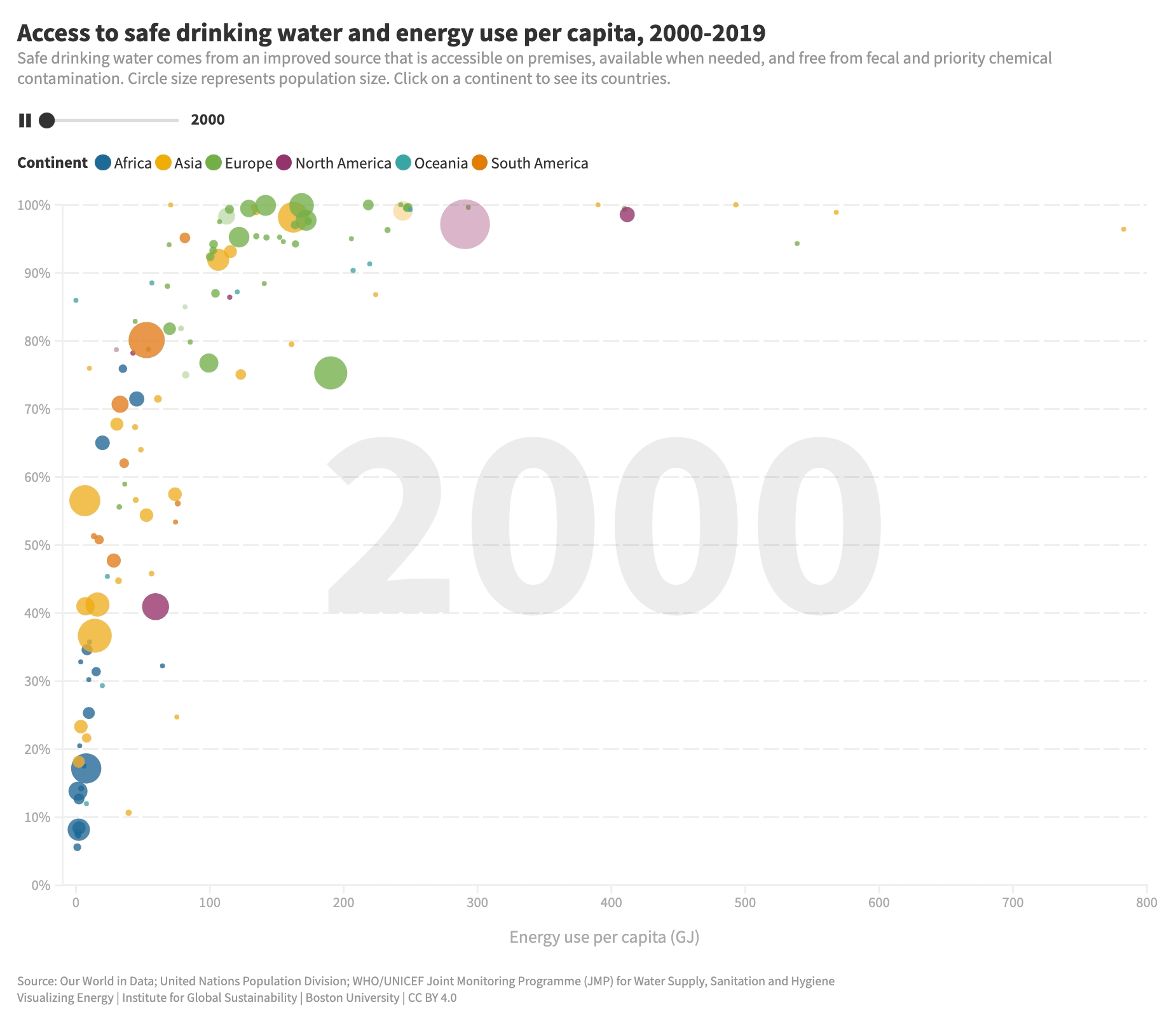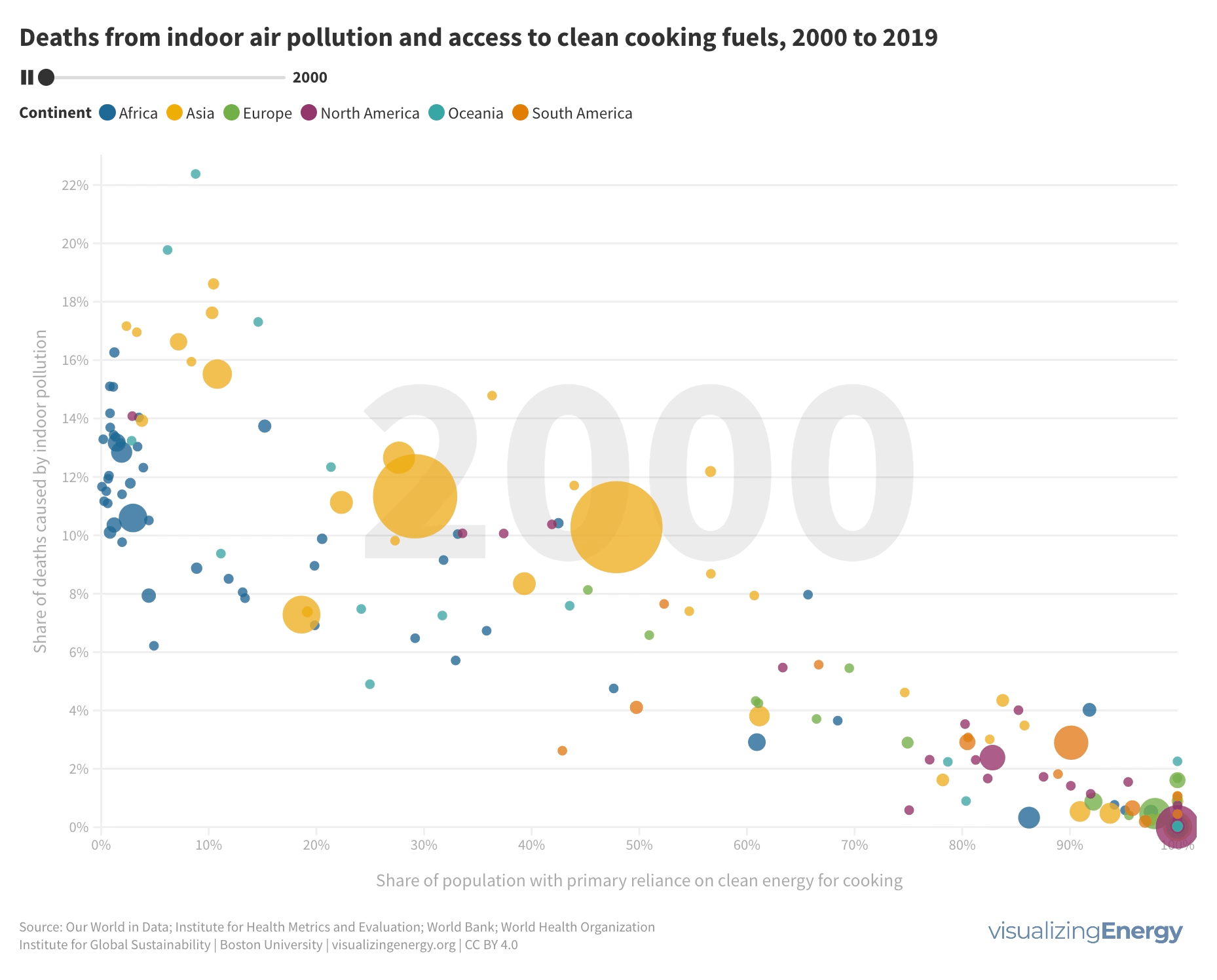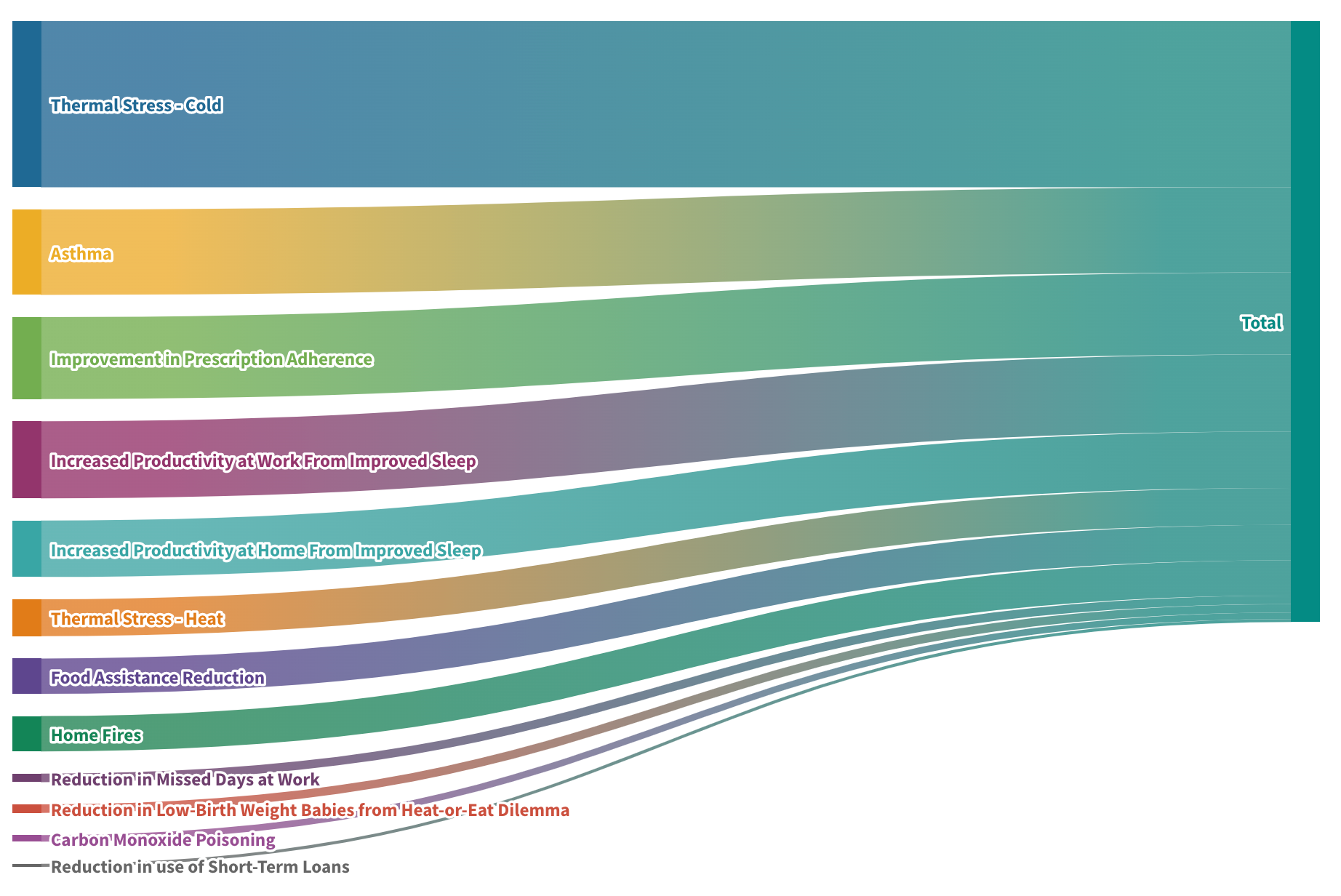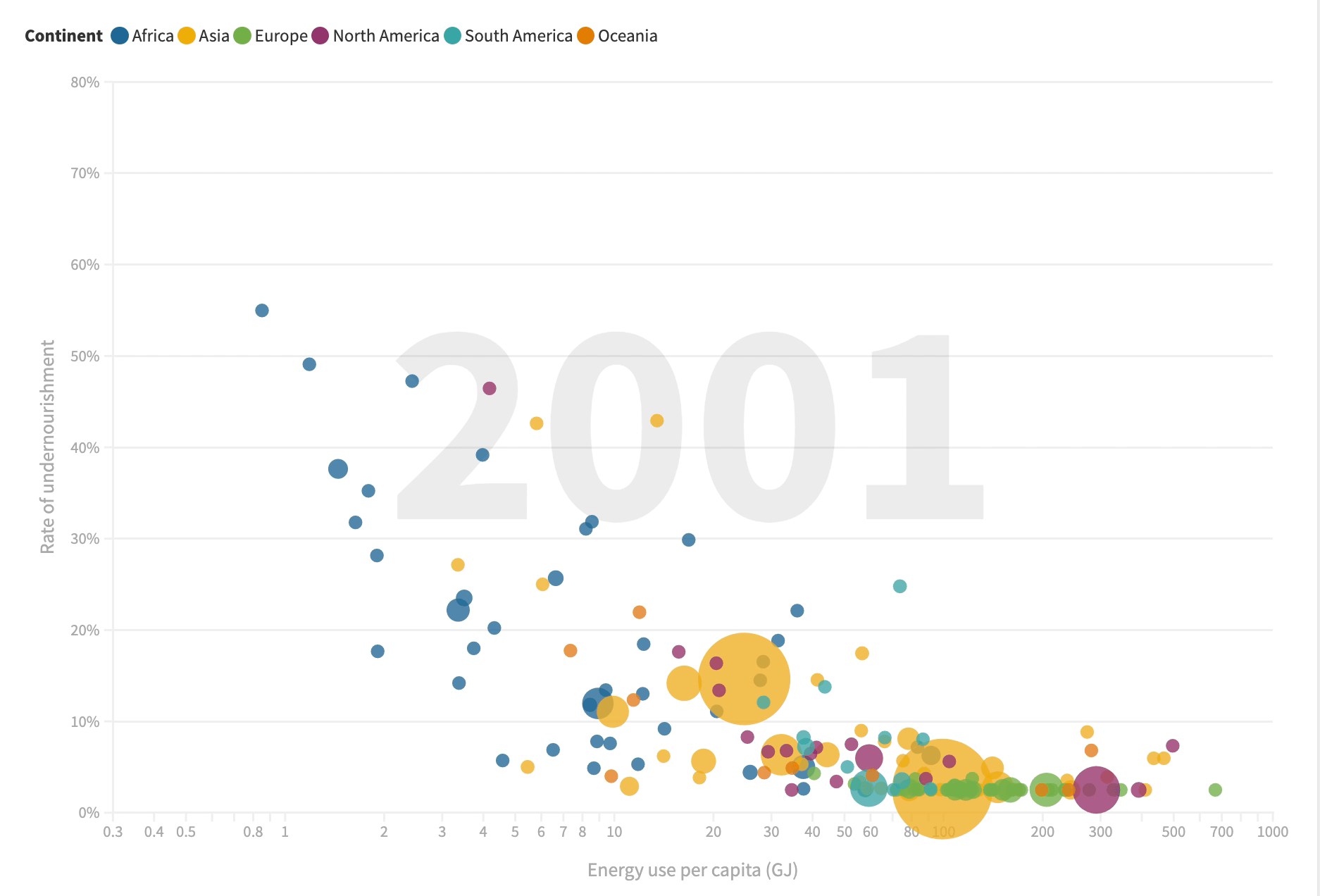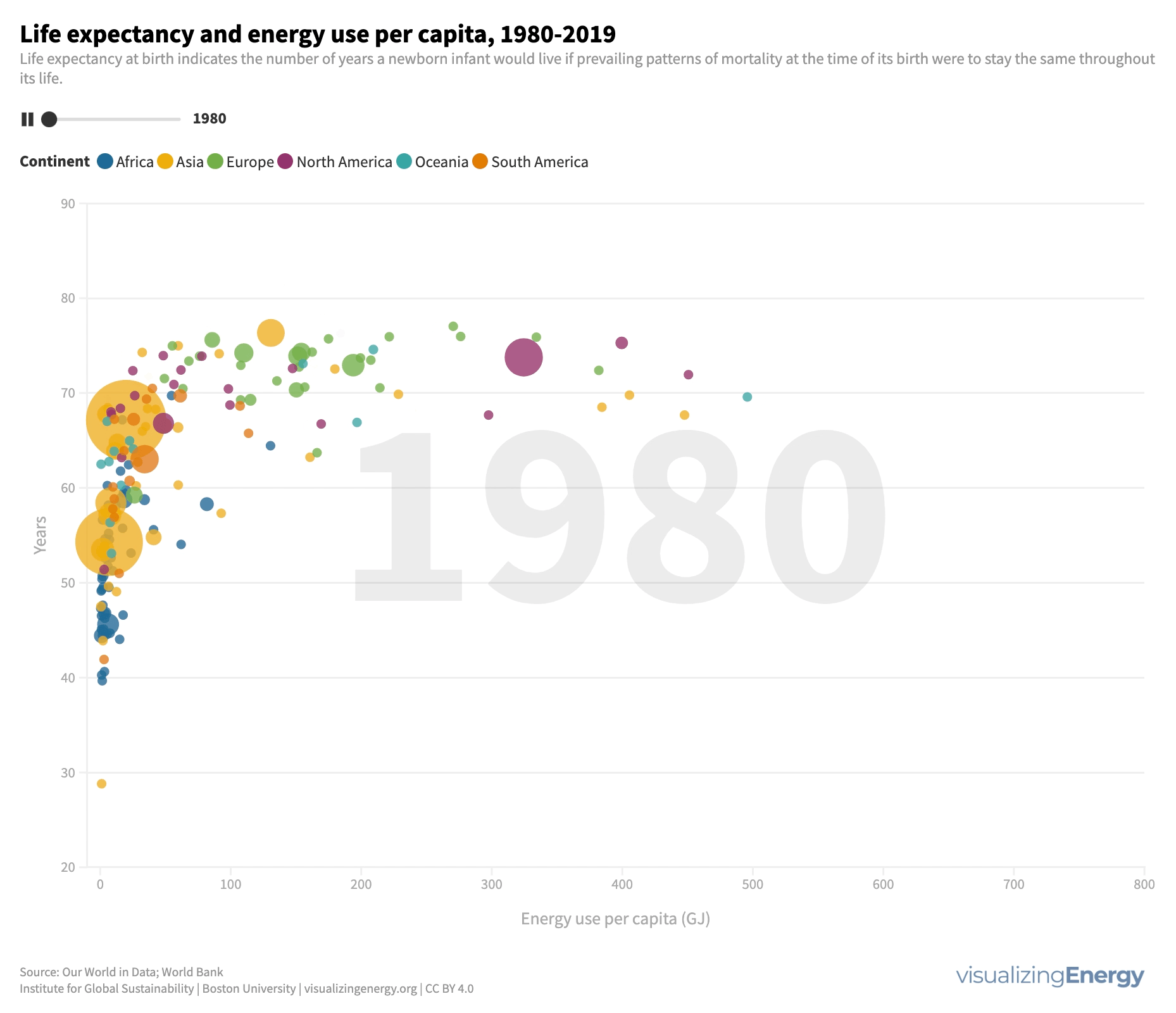
What makes a cooking fuel “clean?”
The United Nations established 17 Sustainable Development Goals (SDGs) to address poverty, health, education, inequality, economic growth, climate change, and environmental conservation. SDG 7 focuses on providing affordable, sustainable, and clean energy for all. The World Health Organization sets benchmarks for “clean” cooking, favoring efficient and low-emission technologies while discouraging the use of polluting fuels.

